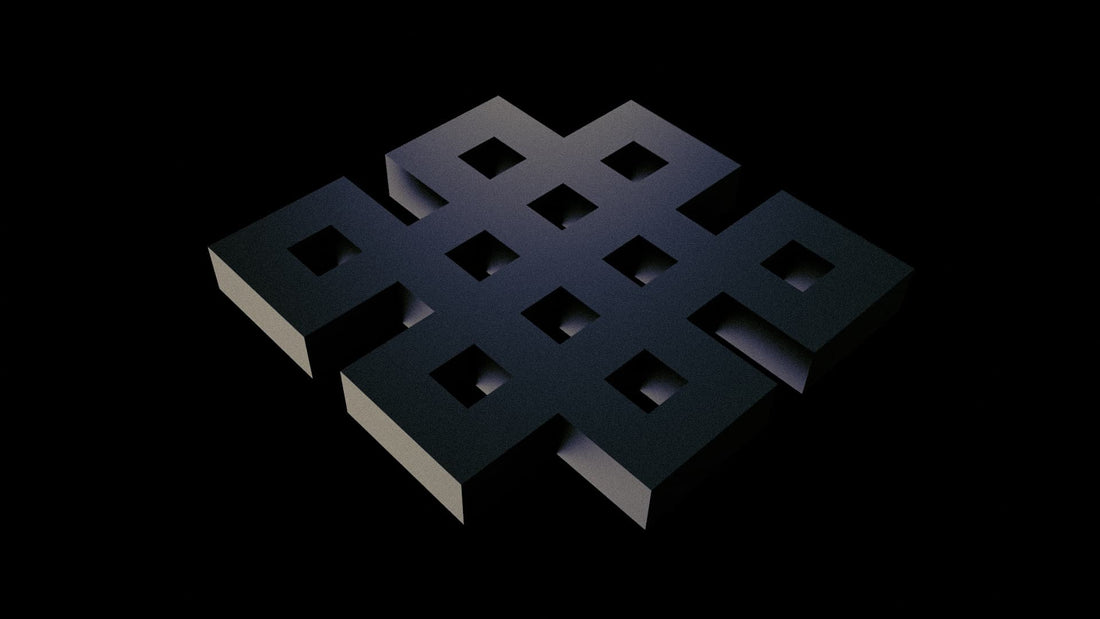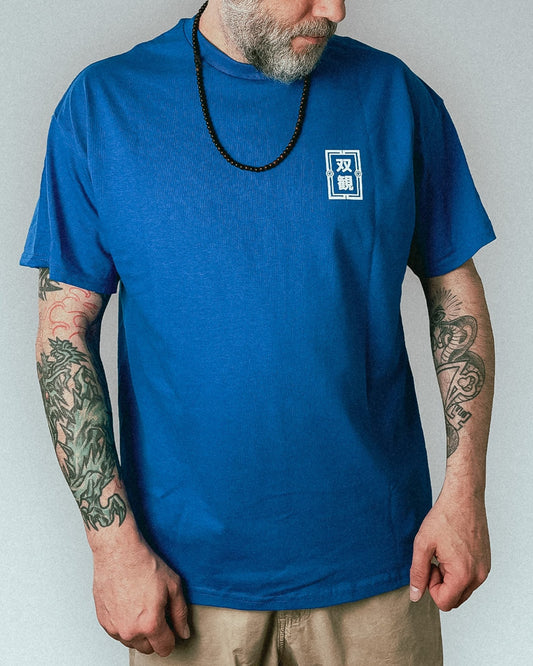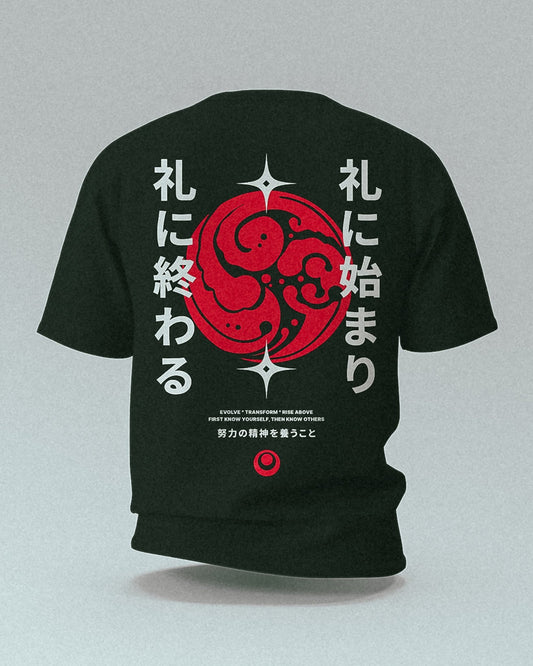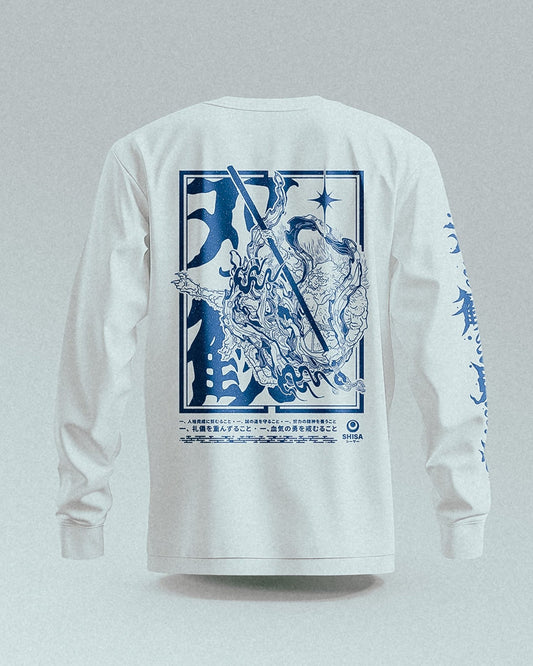
Behind The Shirt
Average reading time: 3-5 minutes
when we started thinking about what later became SHISA, our first intent was to make apparel that resonates with the things we are interested in. Weaving martial arts, philosphical concepts and street culture into one aesthetical theme. Make it interesting, make it fun and let it be more to us (and hopefully you as well) than just another piece of outfit.
In the wake of our upcoming release "Duality" we invite you for a quick walk through the thoughts and ideas behind it.
Opposing Forces
The theme of duality is as old as humans consciously walk the face of the earth. Bound to the circadiane rythm, naturally drawn to the light and being cautious in the dark. It's not only engraved in our DNA but also in our views on the world. Many religious and philosphical concepts are based on ideas of opposing and paradox forces as a driver behind our daily actions.
The most prominent symbol of eastern philosophy - which we all stumbled upon in one dojo or the other - is the yin and yang. Expressing not opposing forces but complementary aspects of a unified whole that is moving constanty.
Aside the design notions there was also the idea to use distinctive colorways and combineable garments to underline the idea.

True Blue - The colors of "Duality"
We are fascinated with the fact that especially in Japanese culture there is intention and meaning in almost everything. Which is one of the reasons why we want to make not just cool looking shirt designs but create with concept and respect to detail.
The base colors in Japanese tradition for example are Red, Black, White, Blue and Yellow. Each of them symbolizing different trades and used in different contexts. Especially the role of Blue (Indigo to be precise) in Japan's martial culture and it's combination with White seemed as a good fit for "Duality".

Samurai wore Indigo-dyed under-armor protecting them against wound infections due to it's natural antibacterial compounds. The dark blue shades also helped maintaining morale in battle by rendering blood stains "invisible" as well as representing loyalty and fidelity – values highly praised in the Bushidō.
White on the other hand is tightly knit to shinto traditions and ceremonies. Representing purity, truth and spiritual enlightment.
Hokosai - a tribute
Japan's Edo period was full of amazing artists and one of the most prominent was Katsushika Hokusai (1760-1849). If the name doesn't ring a bell, then you definitely came across his best known piece titled "The Great Wave off Kanagawa" which blends Eastern and Western influences and kickstarted Japonism among many Europeans of the time.
We stumbled upon sketches of his "Hokusai Manga" collection which spans 15 books depicting sketches from everyday life, warriors in action and supernatural beings. Even though Hokusai is often called the godfather of manga, those drawings had very little in common of what later developed into contemporary manga culture.

Although we love collaborating with contemporary artists we couldn't resist using the original artworks in our designs. Not only because we want to pay hommage to an extraordinary artist but also because those drawings were the hammers to our nails.
Thanks for reading and taking part in this journey.
Explore our Duality collection by clicking here!







